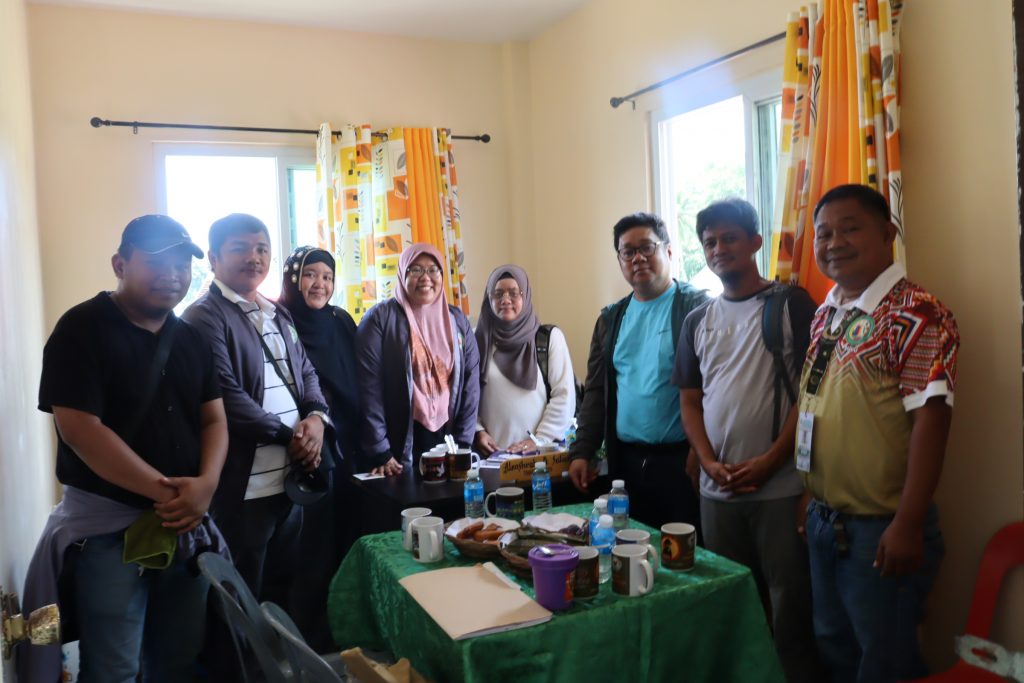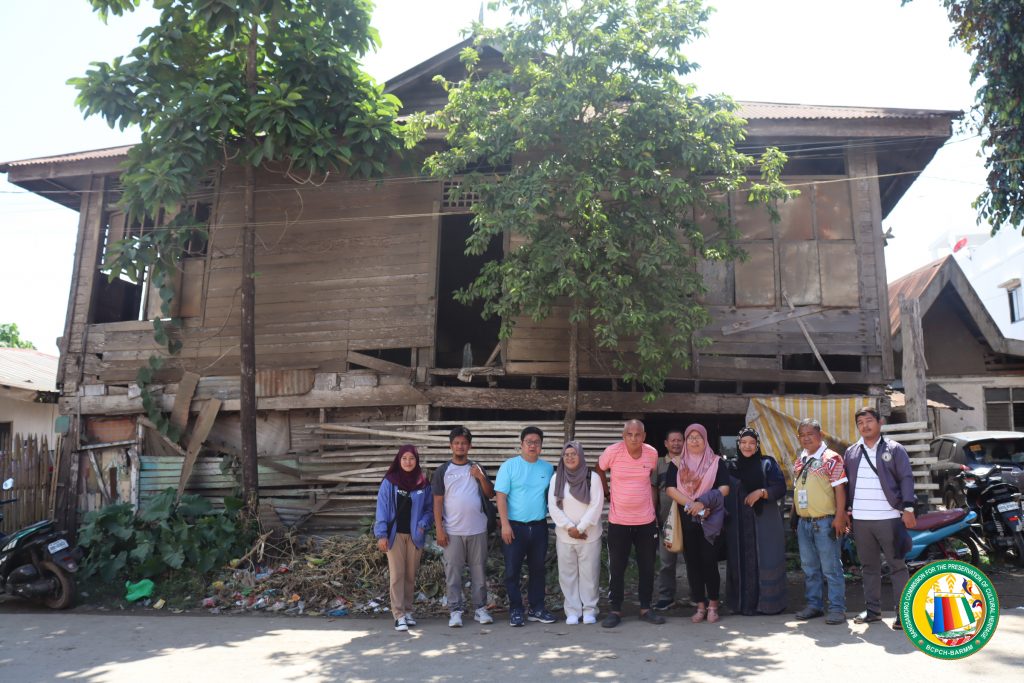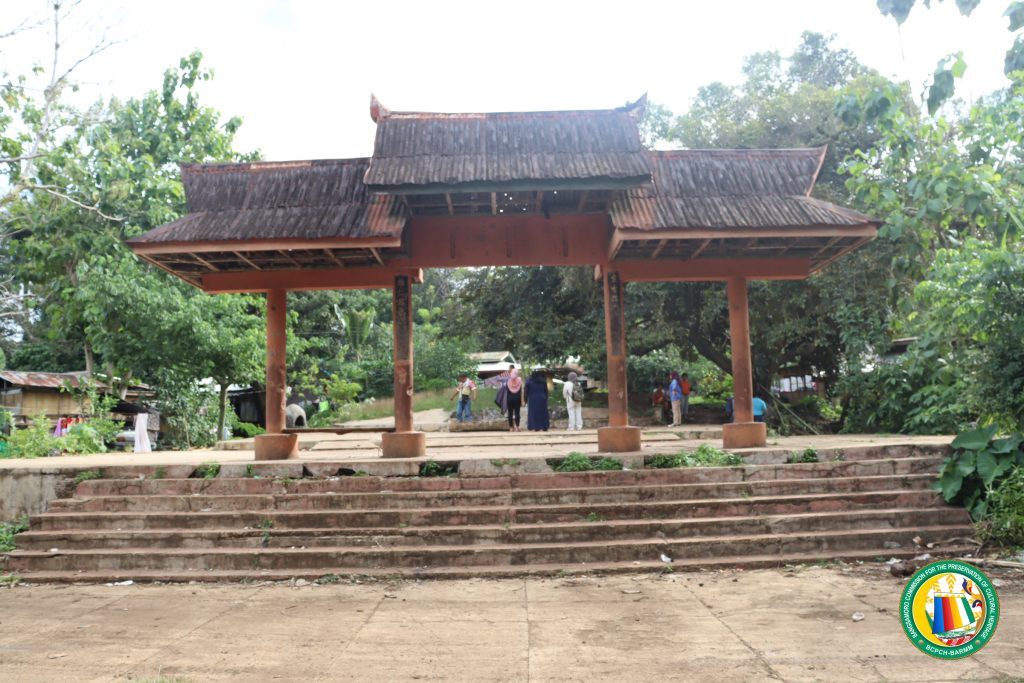August 16, 2023
BCPCH Regional Validating Team Conducted Site Validation Activity in the Municipality of Indanan, Province of Sulu
BCPCH Regional Validating Team headed by History and Archive Section Head, Senior History Researcher Esnaira Salem, along with the BCPCH-Sulu Provincial Staff, led by Commissioner Ardan D. Sali, conducted a site validation activity in the Municipality of Patikul, Province of Sulu, last July 14-22, 2023.
The site validation activity served as the third phase of the site identification process which aims to ensure the validity of the information previously submitted by the Municipal Tourism Officer and the Provincial Office on the necessary information gathered that will determine on what steps may be taken proceeding the historical sites and landmarks recognition at the regional level.
Among the Historical Sites validated were:
- Astanah of Dayang-Dayang Tarhata Kiram – Princess Tarhata was a Moro leader. She was the niece and adopted daughter of Jamalul Kiram II, Sultan of Sulu. After being educated in Manila and in the United States, she returned to Jolo and married a Moro chieftain, Datu Tahil. In 1927, they staged a brief, failed rebellion against the corruption and excessive land taxation of American-supported Filipino government authorities. She worked throughout her life to protect the economic and political rights of Muslim Filipinos. She was born in the island of Jolo. Her father was Datu Atik Kiram. From birth, she held the title Dayang Dayang (Princess). Due to her position in a noble family, she received scholarships to study in Manila, and eventually, abroad.
- 150 Tausug Warriors Tombs – During the second reign of Sultan Jamalul-Kiram II of Sulu in 1895, the unit of the Sultanate of Sulu led by prominent military leaders, Datu Julkarnain and Datu Kalbi, attacked the Spanish troops in Jolo. However, this attack was rejected by the combined forces of the Spanish Army and military units of their Filipino allies.
- Tomb of Poon Tao Kong – A prime example of Chinese-Sulu contact is the historical account of Admiral Pei Pei Hsien, popularly known among the Tausug as Pun Tao Kong, who was part of the Chinese fleet which was under the command of Chinese navigator Sam Pao Kong or Cheng Ho. Pun Tao Kong was forced by the typhoon to seek help in Jolo in the early part of the 1400s. Initially met with distrust, Poon Tao Kong, a skilled in sword play, earned the admiration of the Tausugs. It is said that he built an artesian well in the vicinity of Maubuh, a seaside community in Jolo, which accounted for his tag among the natives as “Poon Tao Kong” or “honorable fountainhead”. He was accorded great respect by the people of Jolo, and when he died, he was buried at the foot of a mountain in Jati Tunggal, three kilometers from Jolo, where his tomb is periodically visited by some Tausugs.
With the support of the Municipal Staff from the Municipality of Patikul, led by Mayor Hon. Kabir E. Hayudini and the Municipal Tourism Officer Ms. Alnashrah D. Salian, Officials from the Municipality and the locals, BCPCH-BARMM extends its profound gratitude on the success of this validation activity.
The site identification activity is one of the flagship programs of the Bangsamoro Commission for the Preservation of Cultural Heritage aimed to preserve, protect, and promote local sites with national and Bangsamoro historical significance.
—
BCPCH is the primary institution in preserving the history, culture, arts, tradition, and rich cultural heritage of the Bangsamoro people across the Bangsamoro Autonomous Region in Muslim Mindanao. The Commission is currently under the leadership of Chairperson Salem Y. Lingasa, Ph.D..




